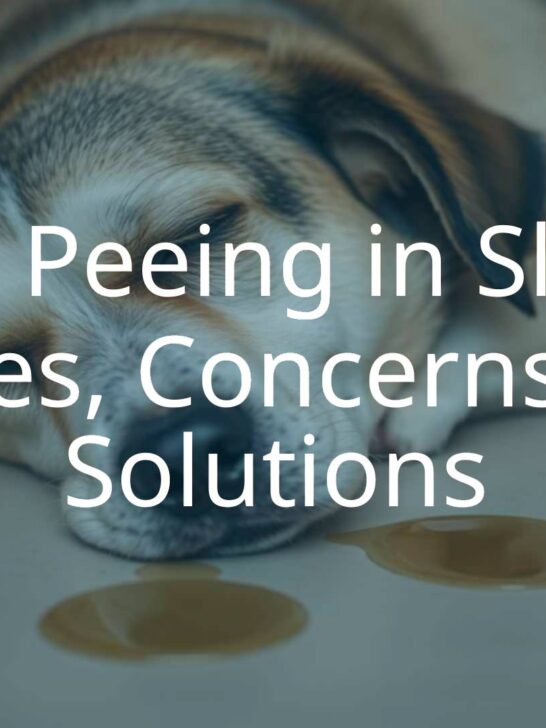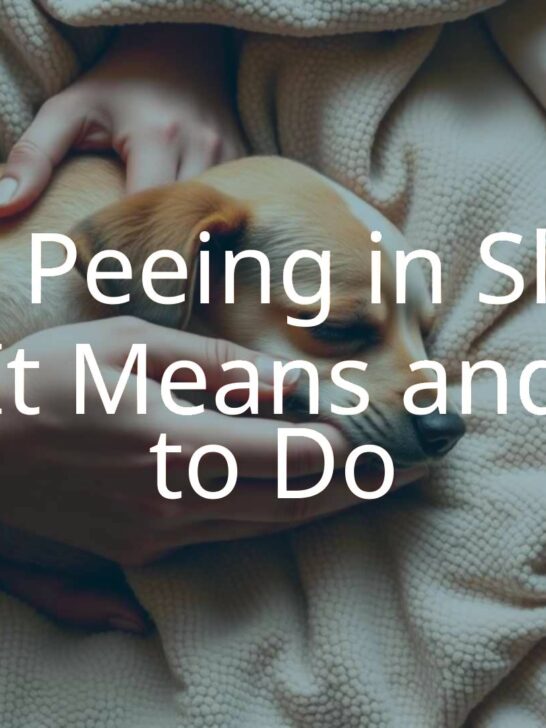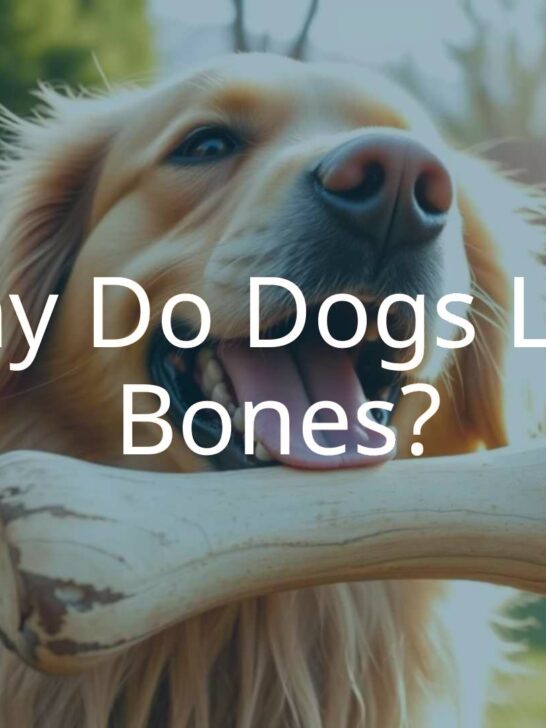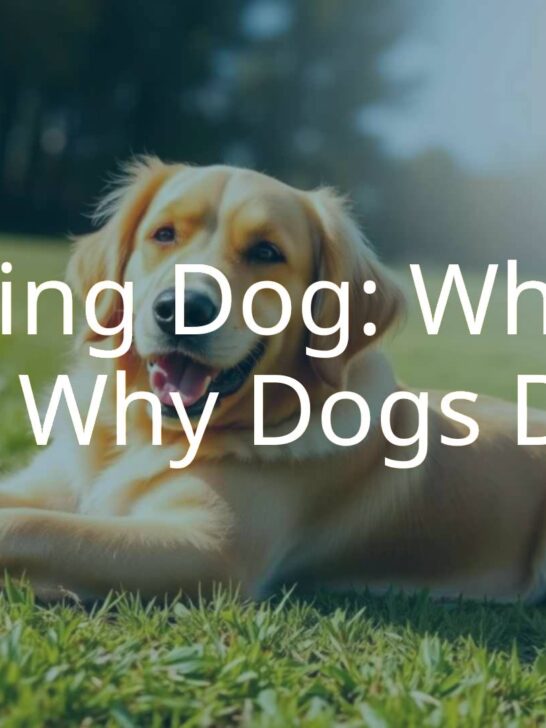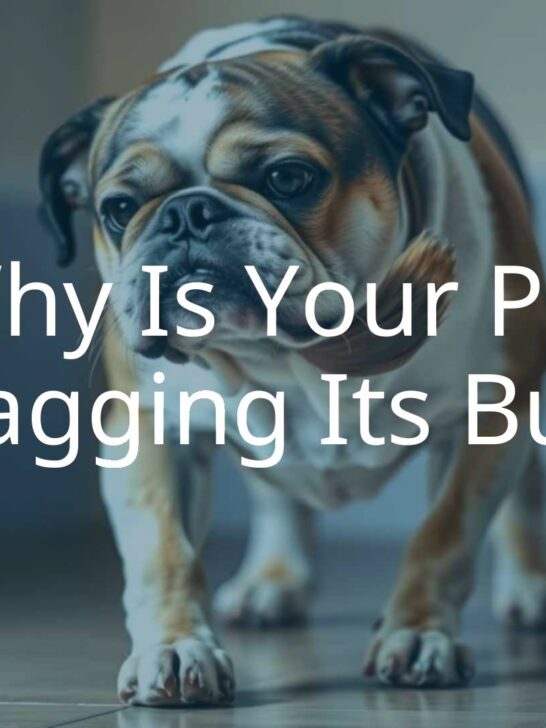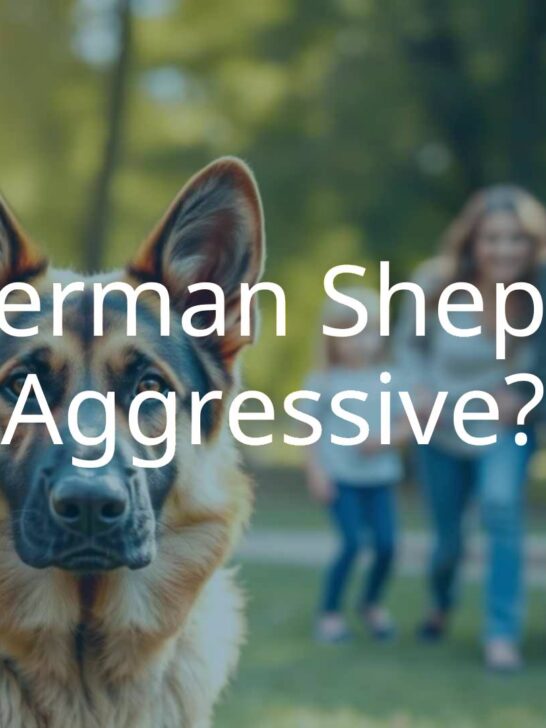Why Does My Dog Act Like A Cat?
You bought a dog, not a cat—so why is Fido acting more like Garfield? Is there something wrong?
Are they bored or cold? Or is this perfectly normal behavior for your dog?
There are many reasons why you may see cat-like behavior in a canine.
They may be emulating feline family members, they could be from a climbing breed or naturally curious, they could be from a cat-like breed (yes, there are some), or they may simply be a strong, independent hound who doesn’t need you much.
It may even be because they’re litter-box trained!
Today, we’ll dive deeper into this odd, but usually harmless, behavior and what you should do or don’t do as an owner.
In What Ways Can a Dog Act Like a Cat?

We’ve mentioned a few reasons briefly, but let’s dig into this phenomenon a little more closely.
What do we mean when we say, “My dog acts like a cat”?
Don’t worry; they’re probably not purring! However, some common cat-like behavior in dogs include:
- Climbing in general, especially onto surfaces
- Sitting in strange poses and incorrect places
- Chasing lights and other things
- Lying down at cuddle time
- Grooming a lot, even excessively
- Rubbing their body against you, kneading, or licking
- Unusually quiet and self-contained
While we associate these behaviors with cats more than dogs, they can be perfectly normal in a dog and have a variety of causes.
Reasons for Your Dog to Act Like a Cat
So, the above are dogs’ most common cat-like behaviors, but why do they occur?
Firstly, let’s tackle one thing. Some dog breeds do climb a lot. For example, the Tibetan Lhasa Apso is well known as a climbing breed!
While climbing is not heavily associated with German Shepherds, they are a curious and active breed, are intelligent, and can problem-solve very well.
So, if your dog is climbing onto surfaces, it’s usually so they can get a better vantage point to understand the world around them.
Odd, but not problematic at all—and a sign of an intelligent dog, honestly!
Of course, you may not want this behavior, and we’ll look at some solutions below, but don’t worry about it happening, especially if it’s harmless.
If you have a dog from a puppy and older cats, or if they bond strongly with a cat, they can pick up some behaviors from their new buddy.
The more intelligent the breed, the more likely they are to copy what they see in fellow family members.
They probably have a few habits from you, too! Remember that dogs are very social animals, and most don’t like flying solo.
So it’s very common for them to do things to “fit in” with the people—or pets—around them.
Boredom should always be considered. While most of these actions are harmless, some can be quite destructive.
Intelligent dogs need mental stimulation to be happy, and if you don’t provide it, they’ll find their own—such as with inappropriate climbing to see out of windows or be “in” the action more.
Some breeds have a strong prey drive and are prone to chasing small things. This isn’t the best behavior.
Some dogs can start chasing other animals, people, their tails, or random objects if they experience anxiety.
Lastly, sometimes it’s just about the breed. We spoke about climbing-lover, Lhasa Apso.
Shiba Inus and Chow Chows can be cat-like, too, in that they like to be neat and clean.
Manchester Terriers are very agile and cat-like.
Greyhounds and many other sighthounds, Poodles, and Basset Hounds can be seen as being aloof like cats, as they’re naturally independent dogs.
Some breeds are intolerant of being held a lot. Others don’t need or look for too much interaction.
Knowing your dog and its breed will help you determine what’s really going on.
Is There a Reason for Concern?
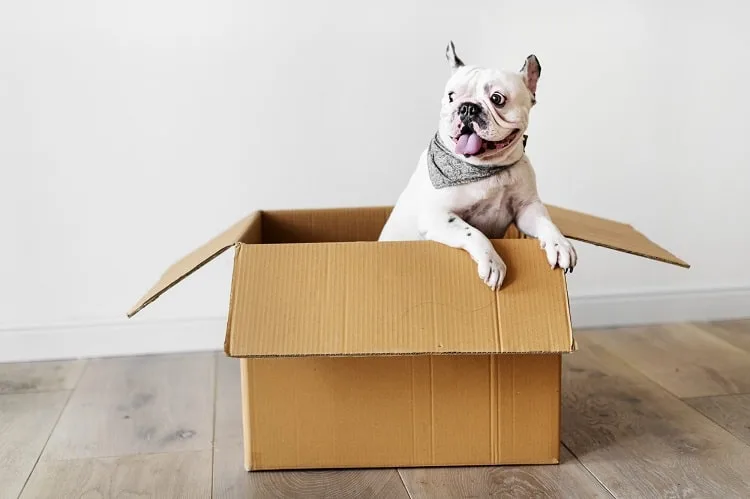
If your dog has a cute trick, like curling up in a silly spot, kneading you at cuddle time, or sharing the cat’s climbing tree, you don’t need to worry.
Likewise, if they’re a bit cat-like because you trained them to use a litter box or they’re from an independent breed, you don’t need to worry at all.
However, there are some times when this cat-like behavior can mean something more.
Licking, specifically, can have a more worrisome cause. This may be a sign of skin sensitivities from allergies or diet.
It can also be another sign of an under-stimulated or anxious dog.
Licking is the only tool they have to calm them down. Visit a vet immediately.
Likewise, any cat-like behavior in dogs that seems to come from a position of anxiety or obsessive-compulsive actions can indicate an underlying issue.
Sometimes this is boredom and a lack of stimulation. Other times, it may be soothing behavior for anxious dogs.
Both of these matters need your care and attention to fix.
Chasing is something you have to understand, control, and curb if necessary.
If it’s a dog with a strong prey drive—the sighthound family exemplifies this—you can’t have them tearing off after any small creature that passes through, especially if you have small children or other small pets.
Dogs should never be allowed to chase, mouth, and toy with smaller family members or smaller pets—it may be cute at first, but it can quickly develop into dangerous behavior.
If this happens, get your dog some interactive toys, like a laser pointer, for instance
Naturally anxious dogs, however, can become obsessive at chasing and catching things like sun reflections on the wall, which often leads to neurotic actions, excessive barking, and other issues.
As the pet owner, you’re best placed to decide what’s healthy and what isn’t. But always act on problematic chasing and object fixation.
If it’s a mild attention-seeking behavior, it could just be a cute habit that you can leave them with, or you may want to address it to reform it.
Can I Change These Behaviors? And Should I?
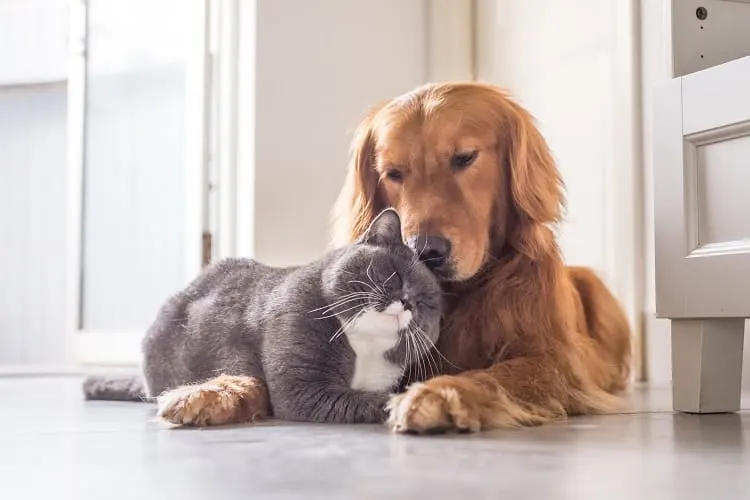
This depends a lot on what the behavior is, as well as its cause.
Aping an actual feline friend a little is utterly harmless, and there’s no need to worry about it.
However, some behaviors can have more negative roots, or point to other problems.
Sometimes smart breeds test their owners to get the attention they want, and this is worth controlling.
You don’t want to teach them bad habits through accidental reinforcement inadvertently.
And you’re meant to train your dog, not the other way around!
It’s usually better to ignore these behaviors, remaining calm and giving no attention until they stop, or redirect them to something more positive.
Mild attention-seeking can be allowed to carry on—it’s just another way of communication.
But incessant pawing, nudging, and licking at you might need to be curbed before it gets out of hand.
Even if you’re willing to tolerate it, guests and other family members may not be.
Jumping on or climbing on items all over the house without discipline can be problematic, so you might want to give them a way to experience the outside more productively, and teach them not to jump where you don’t want them to.
We’ve already looked at why licking can be a big no-no. It’s usually a good idea to take this one to the vet and rule out any underlying health issues first.
If nothing is physically wrong, it’s critical to nip this one in the bud and work with your dog (and possibly a trainer) to address the behavior.
If your dog doesn’t get much attention or socialization or spends a long time alone every day, those are usually the places to start.
Make sure they have activities appropriate for their breed, and that you mentally stimulate them with toys, activities, and play.
As we mentioned above, compulsive chasing is not a good habit.
If it’s a result of the breed or the individual dog’s prey drive, you need to find a healthier and safer way for the dog to express this.
If it’s rooted in anxiety and compulsion, as with licking, you need to address that. It can be left alone if it’s simply a fascination with bugs or a toy.
Conclusion
While it’s a little strange to have a dog that sometimes acts like a cat, it’s not usually a cause for concern.
We’ve outlined some situations where you might want to address the behavior, and how to start doing so.
With knowledge comes power; now, you know everything you need to about cat-like dogs, what’s problematic, and how to address it.
Have fun with your dog, even if they’re a little quirky!














